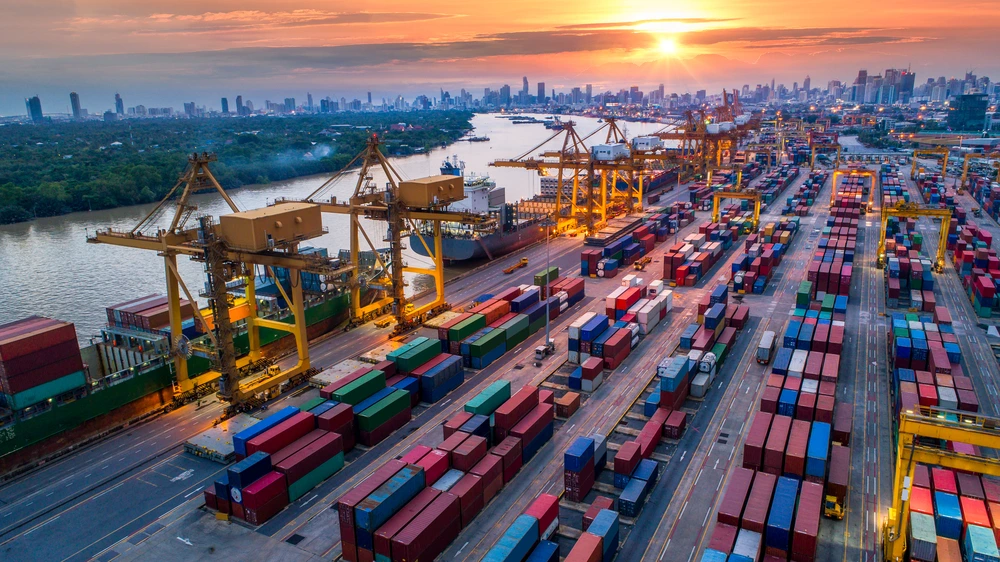Chile’s state-owned copper giant Codelco reported a $1.534 billion fiscal contribution for 2024, marking an 8% annual increase, according to its latest financial disclosures.
The company’s EBITDA surged 30% to $5.439 billion, driven by higher copper prices and cost-cutting measures, even as production inched up marginally to 1.328 million metric tons—a 0.3% rise from 2023’s 25-year low.
Codelco’s revenue reached $12.315 billion in the first nine months of 2024, buoyed by copper prices averaging 423 cents per pound, 10% higher than 2023.
Lower energy and material costs, paired with a weaker Chilean peso, helped stabilize cash costs at 205 cents per pound. Net debt remained elevated at $20.7 billion, though key debt ratios improved slightly.
The production rebound followed three years of decline, with output climbing steadily from August 2024. December alone saw a 22% monthly surge to 172,700 tons.
 Codelco Ends 2024 with Financial Gains but Faces Long-Term Pressures. (Photo Internet reproduction)
Codelco Ends 2024 with Financial Gains but Faces Long-Term Pressures. (Photo Internet reproduction)CEO Rubén Alvarado credited the turnaround to resolving operational bottlenecks, including a 2021 pit wall collapse at the Ministro Hales mine, which regained 18% throughput after infrastructure upgrades.
Internal documents reveal the gains came at a cost. Workers at Chuquicamata and other sites reported intensified pressure to meet targets, including postponed maintenance and altered shift schedules.
Codelco Faces Challenges
Analysts speculate the year-end spike involved drawing down inventories rather than sustainable growth. “They’ll need to replenish stocks eventually,” cautioned Juan Carlos Guajardo of Plusmining.
Aging infrastructure remains a critical hurdle. Projects like the Chuquicamata Underground Mine, now 73% complete, and delayed expansions at El Teniente—the world’s largest underground copper operation—highlight persistent execution risks.
The Ministro Hales mine still operates below capacity, while the new Salvador Division’s Rajo Inca project aims to extend operations for 40 years. Codelco’s share of Chile’s copper output fell to 25.8% in 2024, down from a 31% average this century, as rivals like Escondida narrow the gap.
The state miner faces mounting competition from global firms like BHP and Freeport-McMoRan, which benefit from newer assets and flexible capital.
Despite these headwinds, Codelco targets 1.7 million tons annually by 2030. Achieving this hinges on advancing high-stakes projects while managing $20.7 billion in debt—equivalent to 4.2 years of EBITDA.
The Chilean government continues backing its turnaround, prioritizing copper’s role in renewable energy and electric vehicle markets. “We’ve exited the production valley but remain in a complex phase,” Alvarado acknowledged.
With copper demand poised to grow, Codelco’s ability to modernize decades-old mines will determine whether it reclaims its throne—or cedes ground to nimbler competitors.

 By The Rio Times | Created at 2025-03-31 10:15:54 | Updated at 2025-04-03 21:48:46
3 days ago
By The Rio Times | Created at 2025-03-31 10:15:54 | Updated at 2025-04-03 21:48:46
3 days ago








